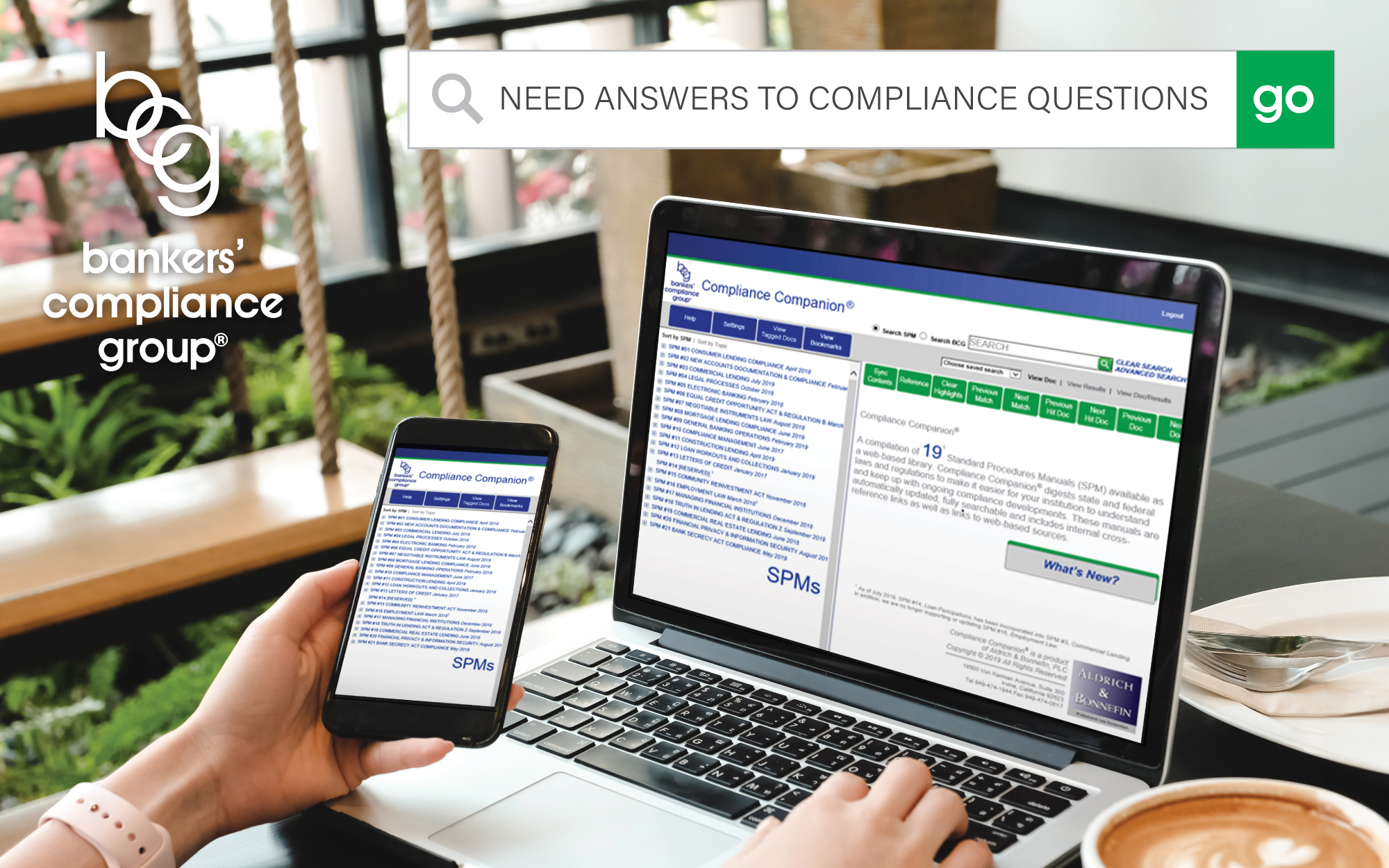Following the failures of Silicon Valley Bank and Signature Bank, community banks look to alternative deposit insurance options.
How Banks Can Combat Deposit Insurance Disruption
August 25, 2023 / By Judith Sears
Following the failures of Silicon Valley Bank and Signature Bank, community banks look to alternative deposit insurance options.
The failures of Silicon Valley Bank (SVB) and Signature Bank in March of this year have shined a spotlight on the safety of bank deposits.
“Unfortunately, anytime there is a bank failure, some uncertainty emerges among depositors, which is understandable,” says Jenna Burke, EVP, general counsel, government relations and public policy at ICBA.
It was quickly determined that SVB and Signature Bank were outliers, maintaining a much higher percentage of uninsured deposits on their balance sheets, 94% and 90%, respectively, than most financial institutions, especially community banks.
While those failures were isolated, some uneasiness persists. Bankers and their depositors wonder whether the aftermath of these recent large bank failures will continue to have a ripple effect throughout the banking system, amidst macroeconomic challenges and quickly developing regulatory responses.
“[Reciprocal deposit networks] can be a very effective way for community banks to manage their liquidity needs and help their customers ensure they are getting the maximum FDIC insurance coverage.”—Jenna Burke, ICBA
So far, the community bank model has proven resilient, and most depositors have not made significant changes to their community bank relationships. IntraFi, a fintech based in Arlington, Va., recently surveyed 567 U.S. banks and reported that 77% saw little or no significant deposit outflow in the weeks following the SVB and Signature Bank failures.
Deposit swapping’s potential
Even before the recent disruption, some community banks have pursued participation in reciprocal deposit networks, sometimes called “deposit swapping,” as an alternative way to offer customers full FDIC insurance on deposits over $250,000. Such networks divide large deposits into $250,000 or smaller units and distribute these among participating banks. Each portion of the deposit is fully FDIC-insured while each bank, because it is exchanging deposits with other institutions, maintains the full deposit amount on its books.

“These networks can be a very effective way for community banks to manage their liquidity needs and help their customers ensure they are getting the maximum FDIC insurance coverage,” Burke says.
Reciprocal deposit networks use two primary deposit instruments: an insured cash sweep (ICS) and a certificate of deposit account registry service (CDARS). The insured cash sweep is preferred for depositors that want full liquidity for their deposits. Payroll accounts, for example, need protected, liquid funds. CDARS are available with different maturities and can earn interest. Both ICS and CDARS are fully FDIC insured.
Reciprocal deposit networks empower smaller community banks to offer large businesses and civic organizations local banking that is fully FDIC insured. Ledyard National Bank in Hanover, N.H., first explored reciprocal deposit networks when a local township asked about the bank’s capabilities with depository insurance.
“They wanted to bank in one spot but needed to know that the deposit was fully insured,” recalls Tori Wainwright, cash management manager for the $747 million-asset community bank.
Ledyard’s management team decided to partner with IntraFi, which has pioneered reciprocal deposit networks. “Banking locally is intuitive to many businesses and municipalities,” says Mark Jacobsen, cofounder and CEO of IntraFi. “We enable larger organizations to still bank locally while diversifying deposits nationally. It keeps the money in the community.”
New approaches to deposit insurance
Capitol Bank, a $550 million-asset community bank headquartered in Madison, Wis., has participated in reciprocal deposit networks for several years and leverages that capability in its marketing efforts.
“We let customers know that we can provide $150 million per tax ID of FDIC insurance,” says Gary Kuter, SVP retail chief, chief compliance officer for Capitol Bank. “The FDIC insurance debacle was a moot point for us.”
Capitol works with IntraFi as well as American Deposit Management Co. (ADM), a treasury management and financial services company. ADM maintains a deposit/client network that disperses funds to provide extended FDIC insurance. It doesn’t require reciprocal deposits of its bank partners and works with them in a variety of ways to manage their liquidity needs.
“Our goal is to allow community banks to keep the client and keep servicing them,” says Elle Goetzke, chief operating officer, ADM. “Banks are able to have their hero moment for their client.”
For depositors, a reciprocal deposit network puts their money to work and earns them a return. It can also ease their reconciliation process as they work with one statement and one institution. “I’ve had occasions when I’m explaining this approach to businesses, and when I’ve finished, someone will ask, ‘Why would we not want to do this?’” Wainwright laughs. “I haven’t come up with a good explanation as to why you wouldn’t want to participate.”
The early 2023 large bank failures have caused depositors to focus more on FDIC insurance. “A year ago, I wasn’t having conversations about the FDIC,” Wainwright acknowledges. “Customers wanted to know what their rate of return would be. Now, the first question is, ‘What’s insured?’”
Reciprocal deposit networks can be an effective way for community banks to level the playing field with “too big to fail” competitors. “This allows community banks to attract and hold onto large dollar deposits,” Jacobsen explains. “That has served them really well in this time of public apprehension.”
Subscribe now
Sign up for the Independent Banker newsletter to receive twice-monthly emails about new issues and must-read content you might have missed.
Sponsored Content
Featured Webinars
Join ICBA Community
Interested in discussing this and other topics? Network with and learn from your peers with the app designed for community bankers.
Subscribe Today
Sign up for Independent Banker eNews to receive twice-monthly emails that alert you when a new issue drops and highlight must-read content you might have missed.
News Watch Today

Join the Conversation with ICBA Community
ICBA Community is an online platform led by community bankers to foster connections, collaborations, and discussions on industry news, best practices, and regulations, while promoting networking, mentorship, and member feedback to guide future initiatives.











